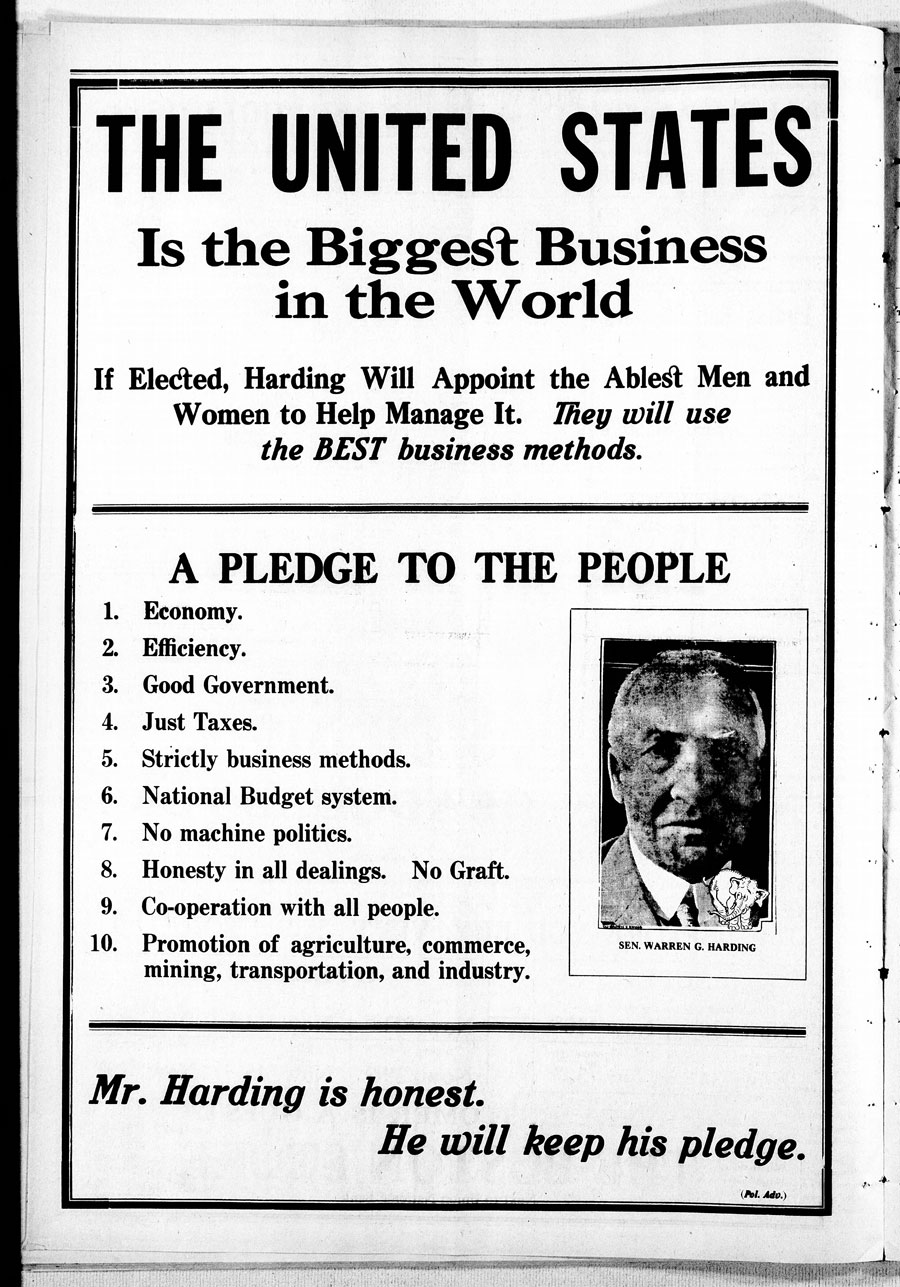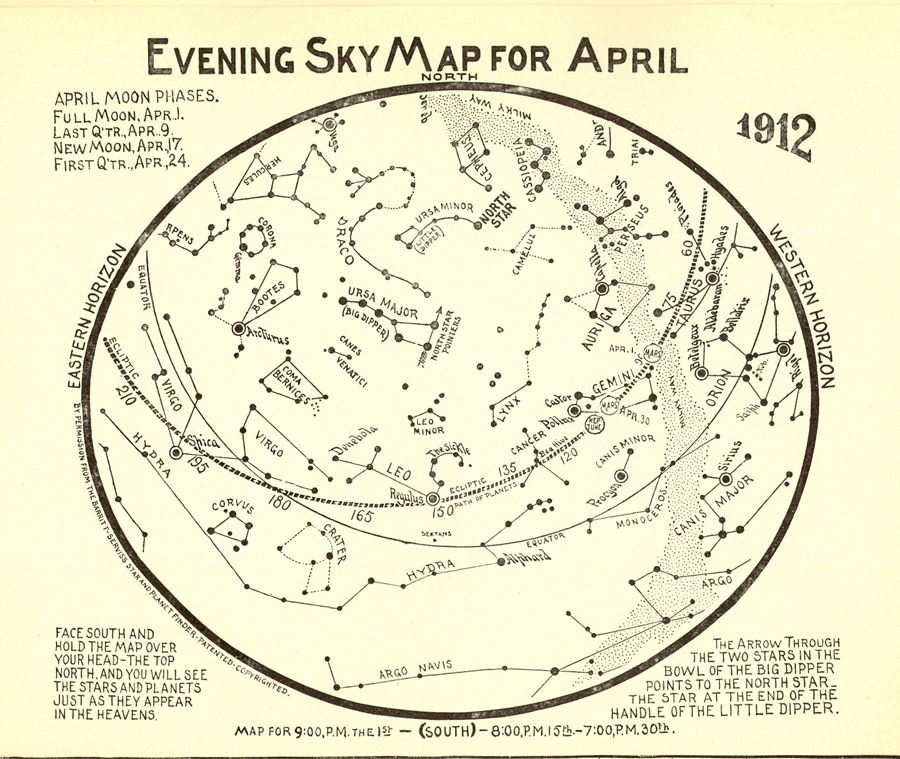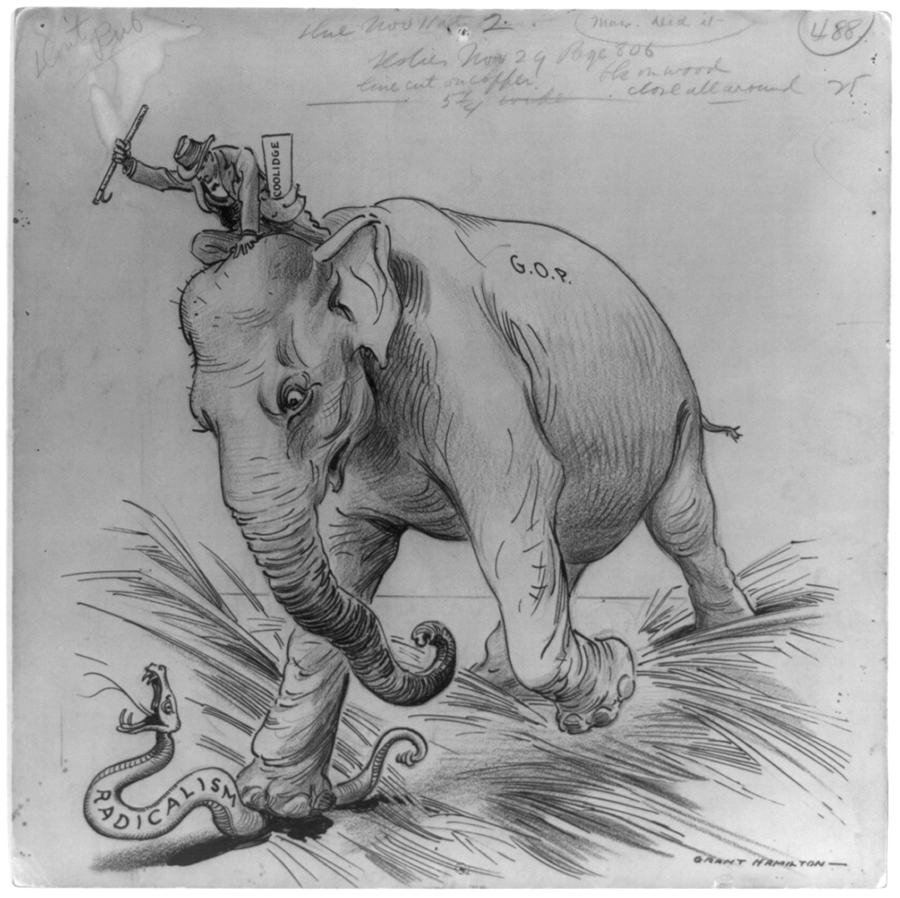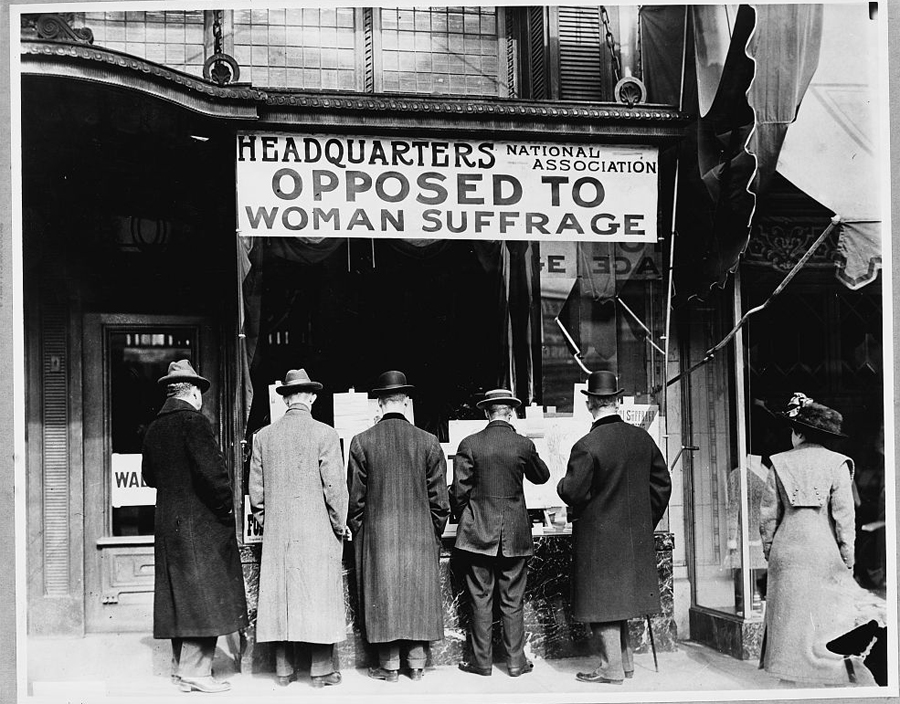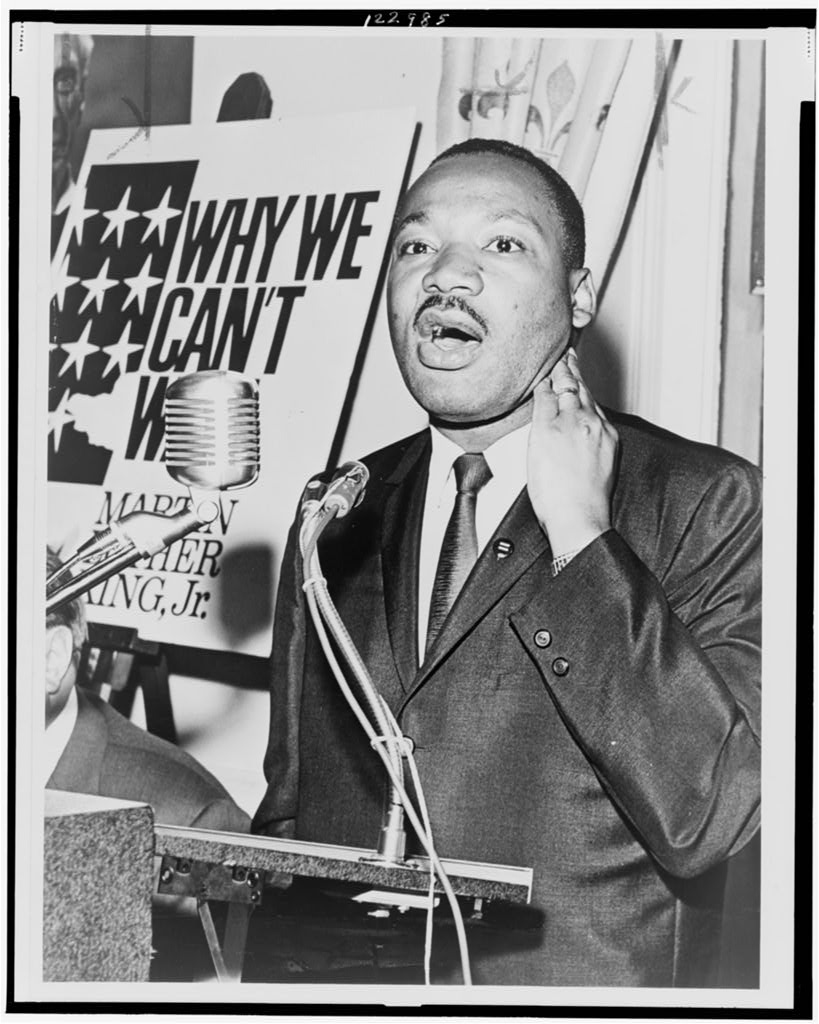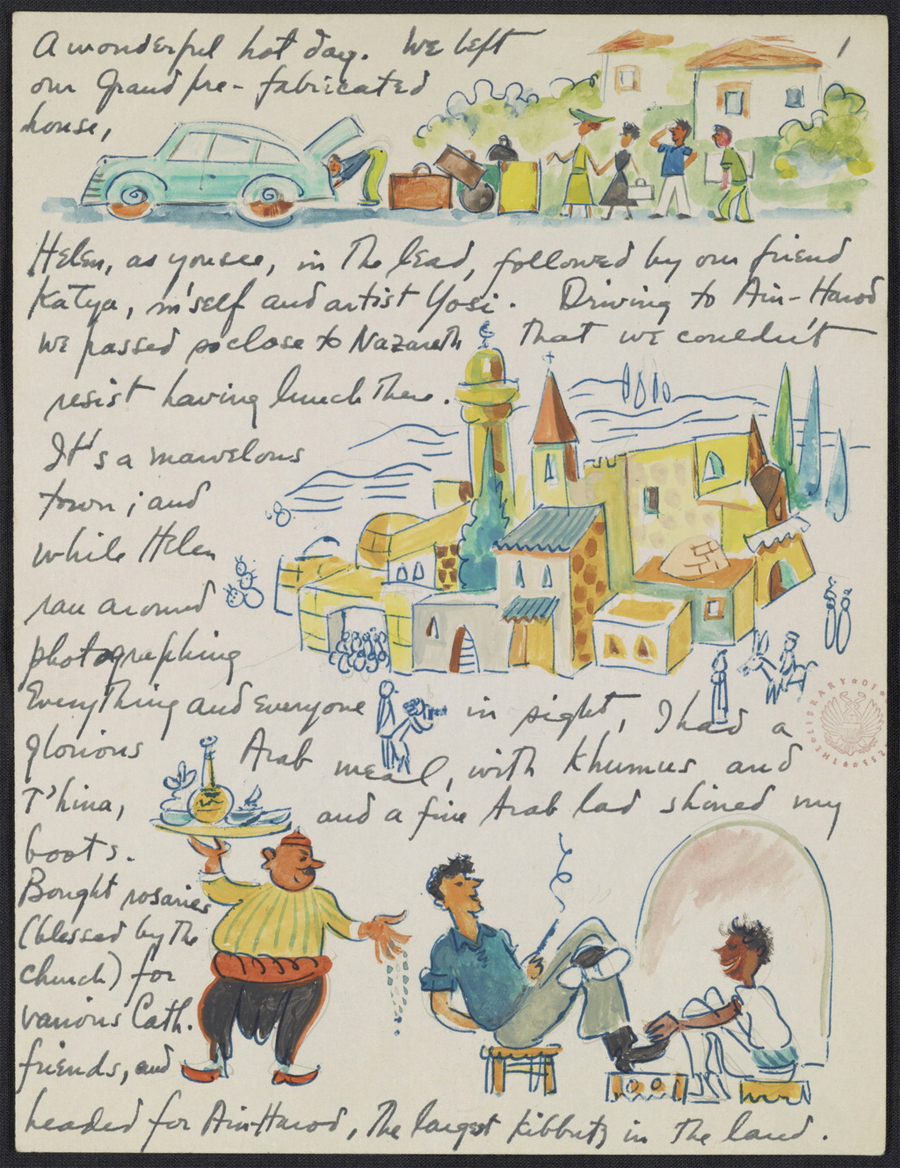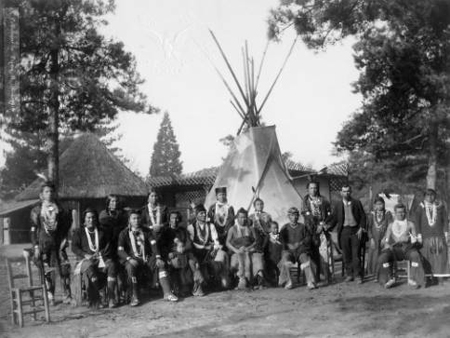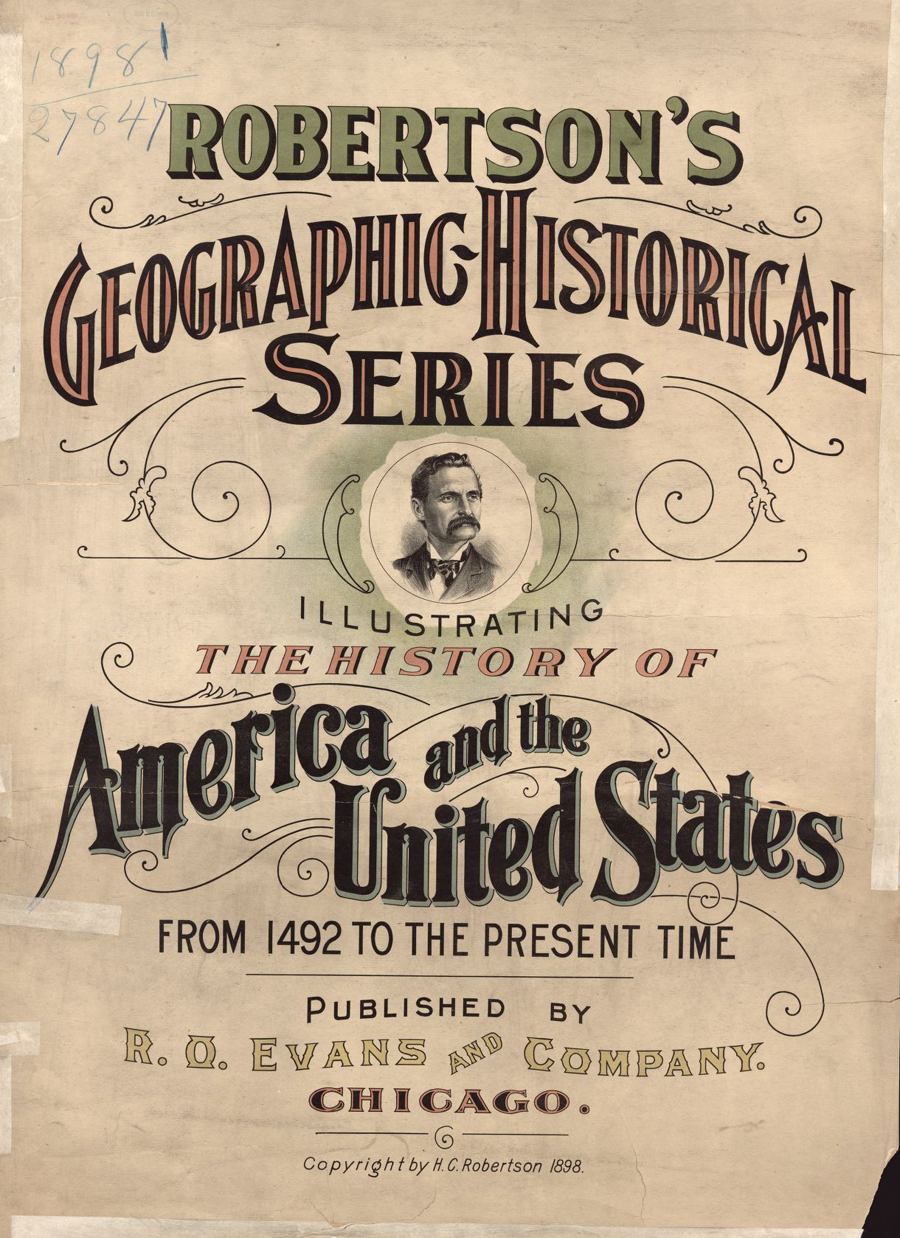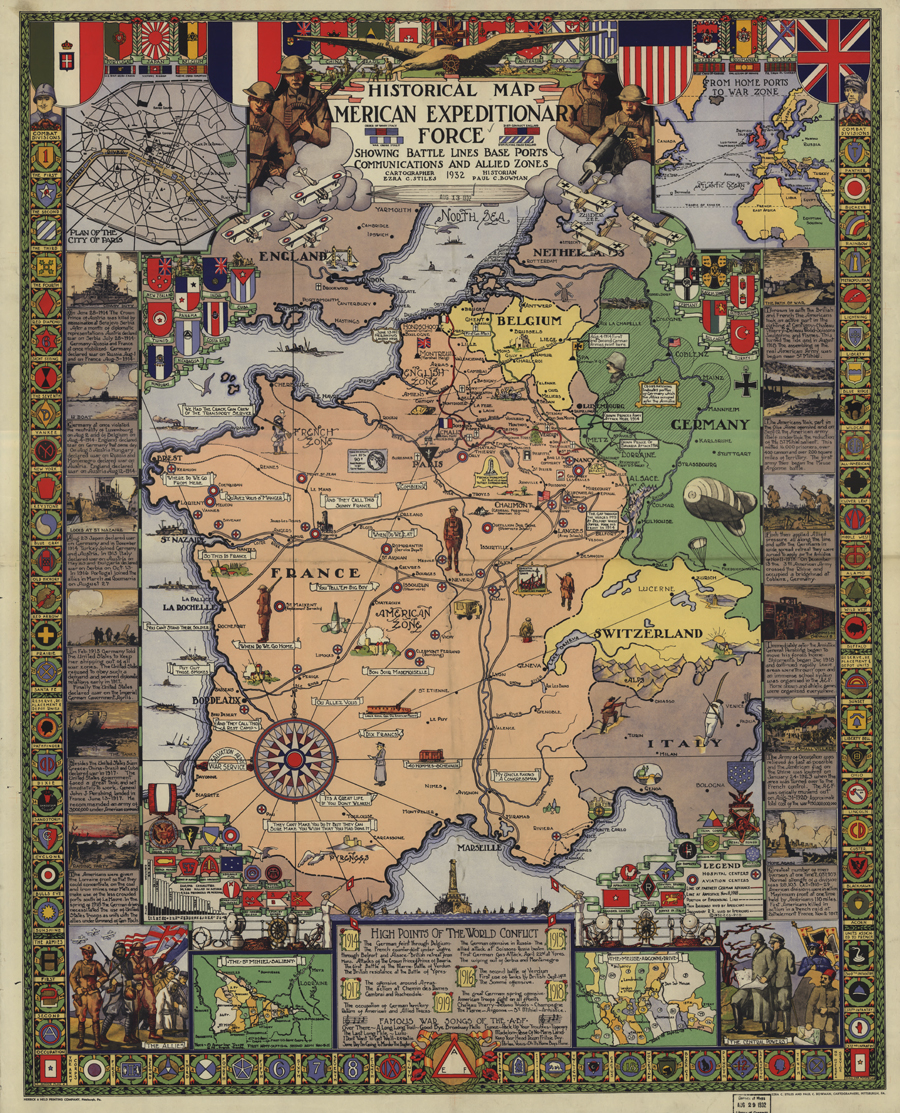Teaching Now: Thinking Deeper with Primary Sources
This is a guest post from Ruth Ferris, an elementary school librarian from Billings, Montana, and a grantee in the TPS Regional Grant Program. I originally learned about the TPS-Barat Primary Source Thinking Triangle through Martha Kohl of the Montana Historical Society. I loved it! I work with K-6 students and many of them struggle academically so I am always looking…



